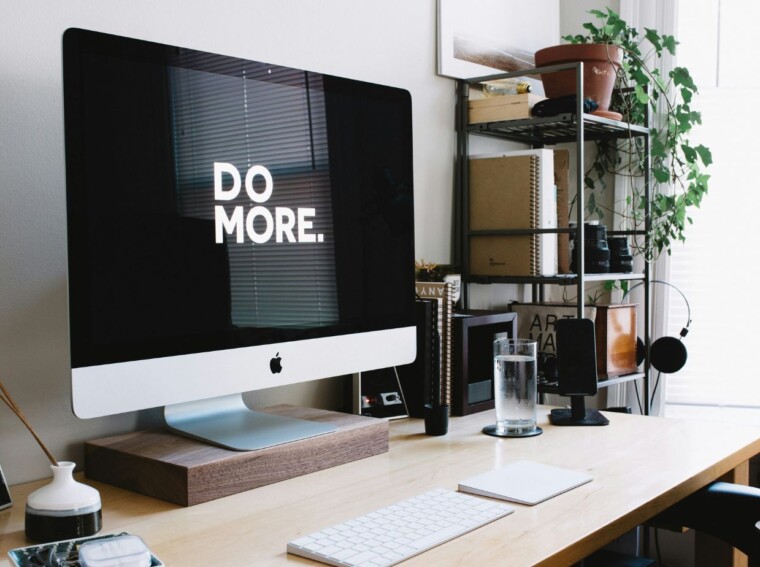It’s time to get your creative thinking cap on. Wait! What if you haven’t got time? Innovation and forward thinking are the cornerstones of great development, but often, creatives simply don’t have the working hours to get everything done in the way they’d like.
That’s where time-saving know-how comes in, and a few handy hints and tips help to make all the difference. Here we’ll cover a few – so let’s get going.
Faster Development Processes
Let’s take a look at ways of getting better development acceleration first. One of the key ways to do this – and one that not many creatives think of -is to look at ways of speeding up shader compilations.
A shader is a set of instructions detailing how an object appears on the screen. This kind of tech is ubiquitous in game development and programming graphics and can sometimes cause issues on PCs. Finding ways to speed these up can save a lot of time – here are just a few ways:

●Cut down your shader permutations in project settings.
●Analyze your material settings for any unnecessary usage.
●Find ways to simplify materials.
●Move the priority of your existing shader compile workers up.
●Try to make more shader compile workers.
●Find ways to minimize the overhead of your editor.
●A last port of call should be to give your hardware an upgrade.
Other Ways Of Getting More Dev Time For Creatives
Apart from looking at saving time on programming, what are some of the other ways in which creatives can help claw back some essential development time?
Firstly, make sure they’re open to new ideas. Organizing meetings and making sure that employees know that their ideas are valued and new and innovative solutions are encouraged. Talk about risk-taking and experimentation – within reason, of course.
Once a week, make sure time is set aside for employees to sit down with each other and brainstorm innovative ideas and techniques that can be used company-wide. Taking a full day here and there to discuss team plans and ways to make products even better is a great way forward. Make sure it’s made clear that employees know the time is meant to be spent only on creative projects and experimentation and not on regular work tasks. Offer incentives for doing so!

Make sure there is a real culture of creativity accepted and fostered within the company. Reward employees who make great innovative solutions that really work. This, in turn, can encourage other employees to come up with their new ideas and solutions and set a chain of creative thinking and work in progress. A certain amount of risk-taking is always good – within reason, as it helps to try new things and encourages team members to feel more comfortable opening up and discussing their opinions.
Lastly, collaborative efforts within teams should always be encouraged. Let employees pair up or work in groups on innovative project ideas. This can help foster great team relations and lead to even more success. When people work on different creative projects with clients and other team members it forces them to think out of the box and find new ways of thinking and working processes that can alter perspectives and change processes for the better.


